10 Best Herbal Baths For Ingrown Toenail

Herbal baths can be a natural and soothing remedy for individuals suffering from ingrown toenails, offering a gentle approach to alleviate discomfort and reduce inflammation.
By soaking the affected area in a warm water solution infused with specific herbs such as calendula, chamomile, or eucalyptus, the skin may soften, making it easier for the nail to grow out properly. These herbs also possess antimicrobial properties that can help prevent infection and promote healing. Regular use of such baths can provide relief from pain and swelling while supporting the overall recovery process.
However, it is important to consult a healthcare professional if the condition worsens or shows signs of infection, as herbal treatments should complement, not replace, proper medical care.
FREE Herb Drying Checklist
How to make sure every batch retains maximum flavor, color, and aroma without the risk of mold or over-drying. Eliminate guesswork and trial-and-error, making herb drying faster, easier, and more efficient every time.
Table of Contents
1. Hypericum perforatum

Hypericum perforatum, commonly known as St. John's Wort, has been traditionally used in herbal baths to promote healing and reduce inflammation, making it a potential natural remedy for ingrown toenails.
When infused into warm water, the herbal bath can help soothe the affected area, alleviate pain, and reduce redness associated with ingrown toenails. The active compounds in St. John's Wort, such as hypericin and hyperforin, may have antimicrobial and anti-inflammatory properties that support the healing process. To use this remedy, simply steep a few tablespoons of dried St. John's Wort in boiling water for 15-20 minutes, then soak the affected foot in the warm infusion for 10-15 minutes daily.
While it can be a complementary therapy, it is important to consult a healthcare professional before using it, especially if there are underlying health conditions or if the ingrown toenail is severe.
2. Chamomilla recutita
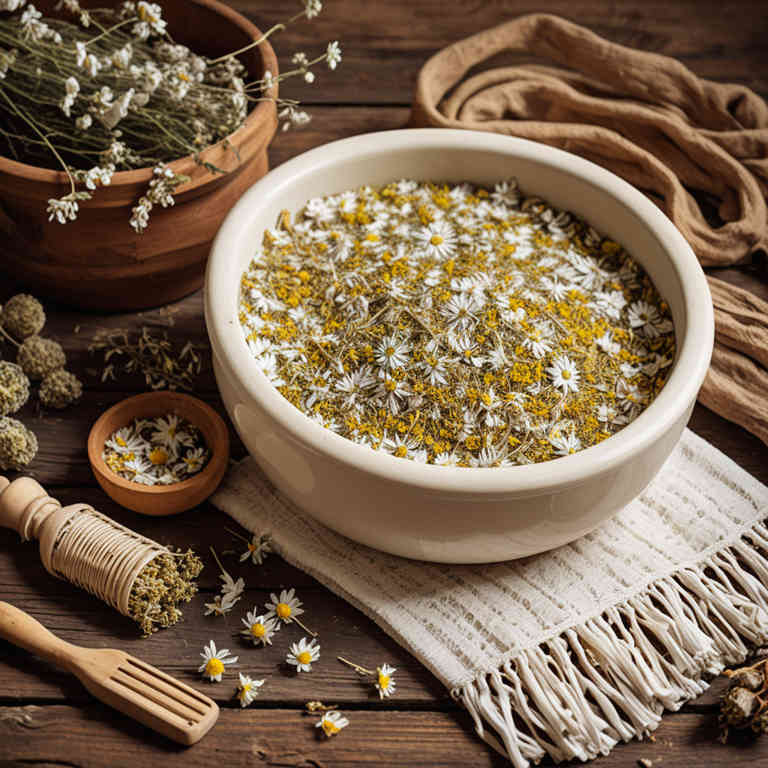
Chamomilla recutita, commonly known as German chamomile, is a gentle herbal remedy that can be beneficial for individuals suffering from ingrown toenails.
When used in a warm herbal bath, chamomile can help reduce inflammation and soothe the irritated skin around the affected area. The anti-inflammatory and antimicrobial properties of chamomile may help prevent infection and promote healing. To prepare the bath, steep a few chamomile tea bags in warm water and soak the feet for 10 to 15 minutes daily.
This natural treatment can be a soothing and effective complementary approach to managing the discomfort of ingrown toenails.
3. Achillea millefolium

Achillea millefolium, commonly known as yarrow, has been traditionally used for its anti-inflammatory and astringent properties, making it a potential natural remedy for ingrown toenails.
When used in herbal baths, yarrow can help reduce swelling, redness, and infection around the affected area, promoting faster healing. To prepare a yarrow bath, steep a handful of dried yarrow leaves in boiling water for 10-15 minutes, then allow the solution to cool to a comfortable temperature before soaking the affected toe. Regular use of this herbal bath can soothe irritation and prevent further complications associated with ingrown toenails.
However, it is important to consult a healthcare professional if symptoms persist or worsen, as ingrown toenails may require more targeted treatment.
4. Urtica dioica

Urtica dioica, commonly known as stinging nettle, has been traditionally used in herbal baths for its anti-inflammatory and soothing properties.
When prepared as a bath, the plant's compounds can help reduce redness and swelling around the affected area of an ingrown toenail. The infusion of stinging nettle leaves in warm water can promote circulation and ease discomfort associated with the condition. However, it is important to ensure that the skin is not irritated by the stinging hairs, which can cause a temporary rash.
While herbal baths may offer some relief, they should not replace professional medical treatment for persistent or severe ingrown toenails.
5. Calendula officinalis
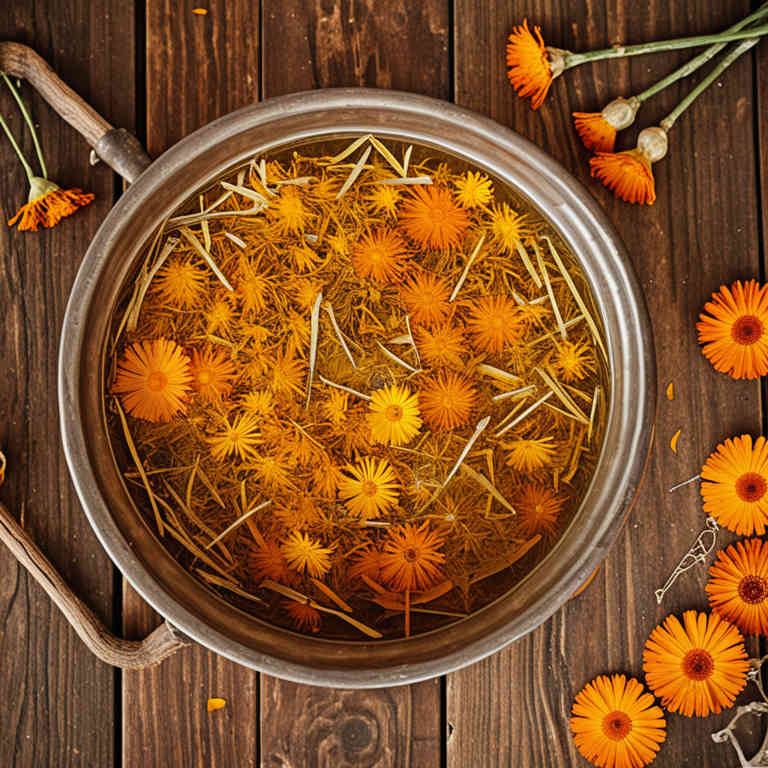
Calendula officinalis, known for its anti-inflammatory and antifungal properties, can be effectively used in herbal baths to help manage ingrown toenails.
By infusing dried calendula flowers in warm water, the resulting bath can soothe the surrounding skin and reduce redness and irritation associated with ingrown toenails. The gentle nature of calendula makes it a safe option for topical application, especially for those with sensitive skin. Regular use of calendula baths may help prevent infection and promote healing by creating a protective barrier against bacteria.
However, it is recommended to consult a healthcare professional for persistent or severe cases to ensure proper treatment.
6. Equisetum arvense

Equisetum arvense, commonly known as field horsetail, has been traditionally used in herbal baths for its high concentration of silica, which can help strengthen and heal tissues.
When used in a foot bath, it may promote drainage and reduce inflammation around ingrown toenails by improving circulation and soothing irritated skin. To prepare the bath, a handful of dried horsetail is steeped in hot water for several hours, then the water is poured into a basin and allowed to cool slightly before soaking the feet. Some practitioners recommend using the bath regularly for several days to support the healing process.
However, it is important to consult with a healthcare professional before using herbal remedies, especially if the ingrown toenail is severe or infected.
7. Sanguinaria canadensis
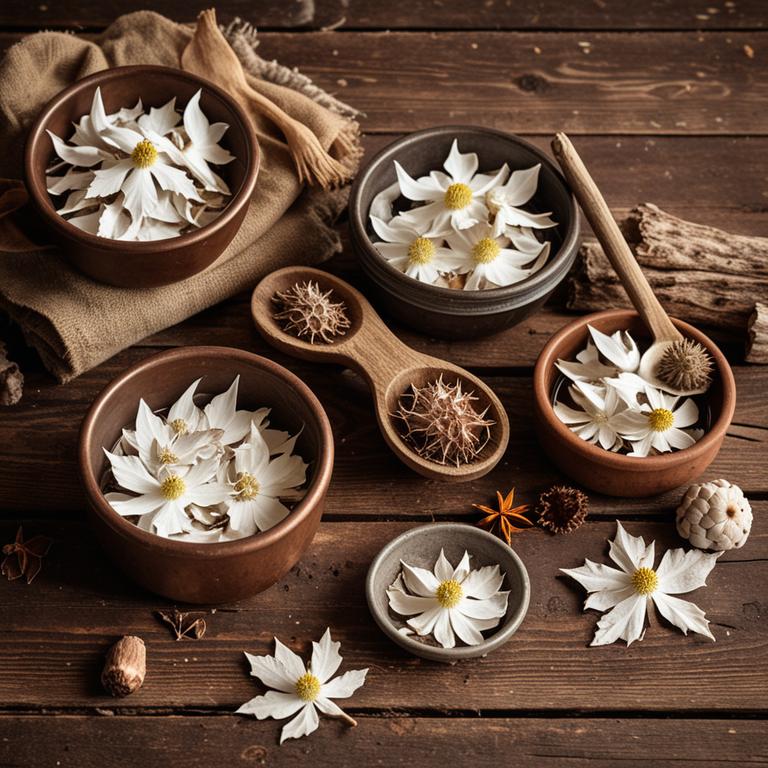
Sanguinaria canadensis, commonly known as bloodroot, has been traditionally used in herbal remedies for its potential anti-inflammatory and antiseptic properties.
When incorporated into a herbal bath for ingrown toenails, it may help reduce infection and inflammation around the affected area. To prepare the bath, a small amount of dried bloodroot herb is steeped in warm water, creating a soothing solution for soaking the feet. However, it is important to note that bloodroot contains toxic compounds and should be used with caution, ideally under the guidance of a qualified herbalist or healthcare professional.
While some individuals may find relief from symptoms using this remedy, it should not replace conventional medical treatments for ingrown toenails.
8. Lavandula angustifolia

Lavandula angustifolia, commonly known as English lavender, has been used for centuries for its soothing and antiseptic properties, making it a popular choice for herbal baths aimed at treating ingrown toenails.
When infused into warm water, lavender essential oil or dried lavender flowers can help reduce inflammation and discomfort associated with ingrown nails. The aromatic compounds in lavender promote relaxation and may ease the stress often linked to persistent foot ailments. Regular use of lavender-infused baths can also help soften the skin around the affected area, potentially preventing further irritation.
However, it is important to consult a healthcare professional for severe or recurring ingrown toenails, as herbal remedies should complement, not replace, proper medical care.
9. Rosa canina
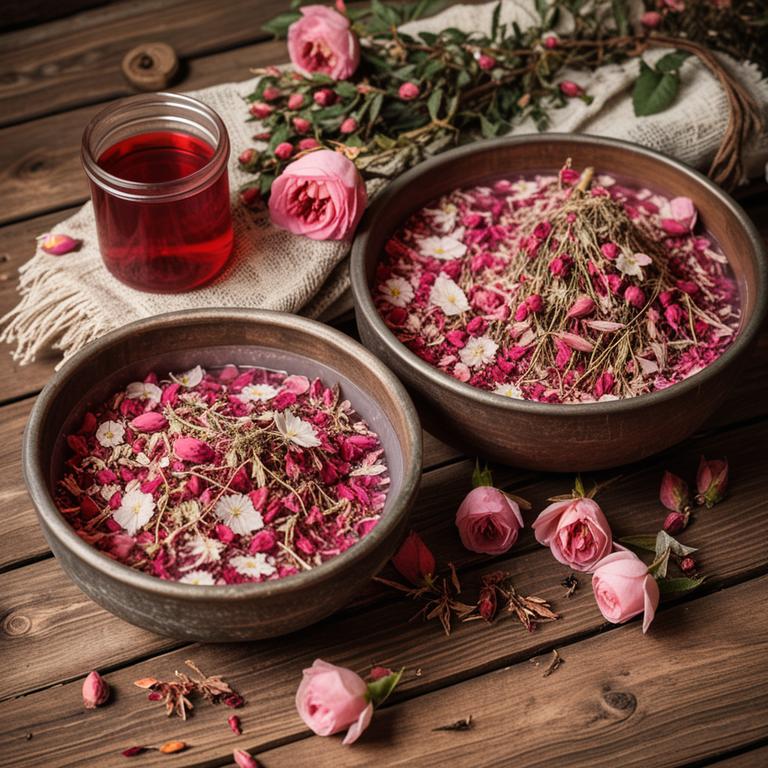
Rosa canina, also known as rosehip, is a traditional herbal remedy that has been used for its anti-inflammatory and regenerative properties.
When used in herbal baths for ingrown toenails, it can help reduce swelling and discomfort around the affected area. The essential oils and bioactive compounds in rosehip oil promote skin healing and may prevent further infection. To prepare a rosa canina bath, a few drops of rosehip oil can be added to warm water, and the foot can be soaked for 10 to 15 minutes daily.
This natural treatment can be a gentle and effective complementary therapy for managing symptoms of ingrown toenails.
10. Sutherlandia frutescens
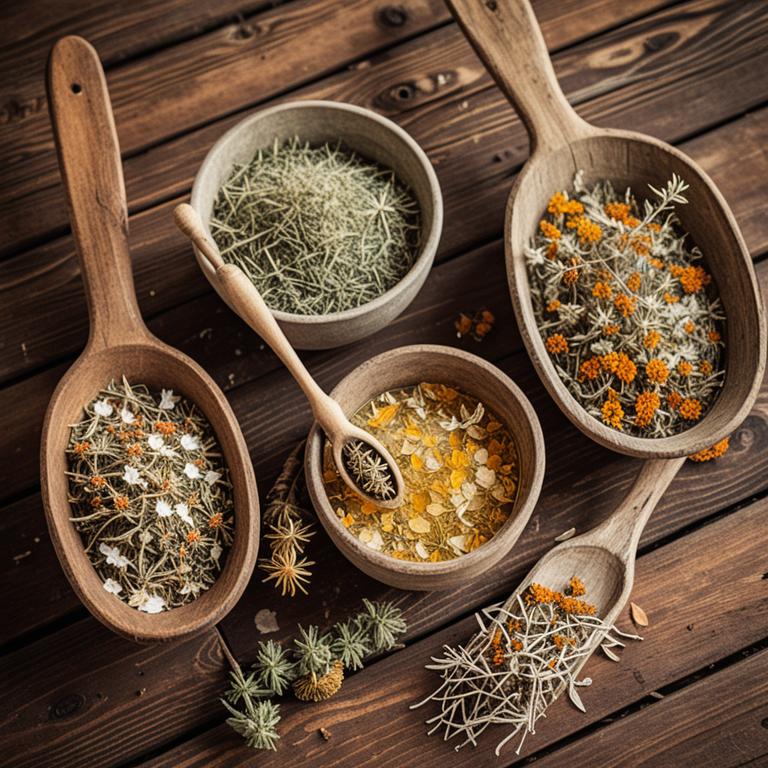
Sutherlandia frutescens, also known as "cancer bush," is an herbal remedy that has been traditionally used in African medicine for its purported anti-inflammatory and healing properties.
While it is not a direct treatment for ingrown toenails, some individuals use Sutherlandia frutescens herbal baths to support the overall healing of the affected area by reducing inflammation and promoting skin regeneration. To prepare the bath, a small amount of the dried herb is steeped in hot water to create a soothing infusion, which is then applied to the foot. It is important to note that while some users report relief from using this herbal remedy, it should not replace professional medical advice or treatment for ingrown toenails.
Always consult a healthcare provider before using any herbal remedy, especially if you have underlying health conditions or are taking other medications.